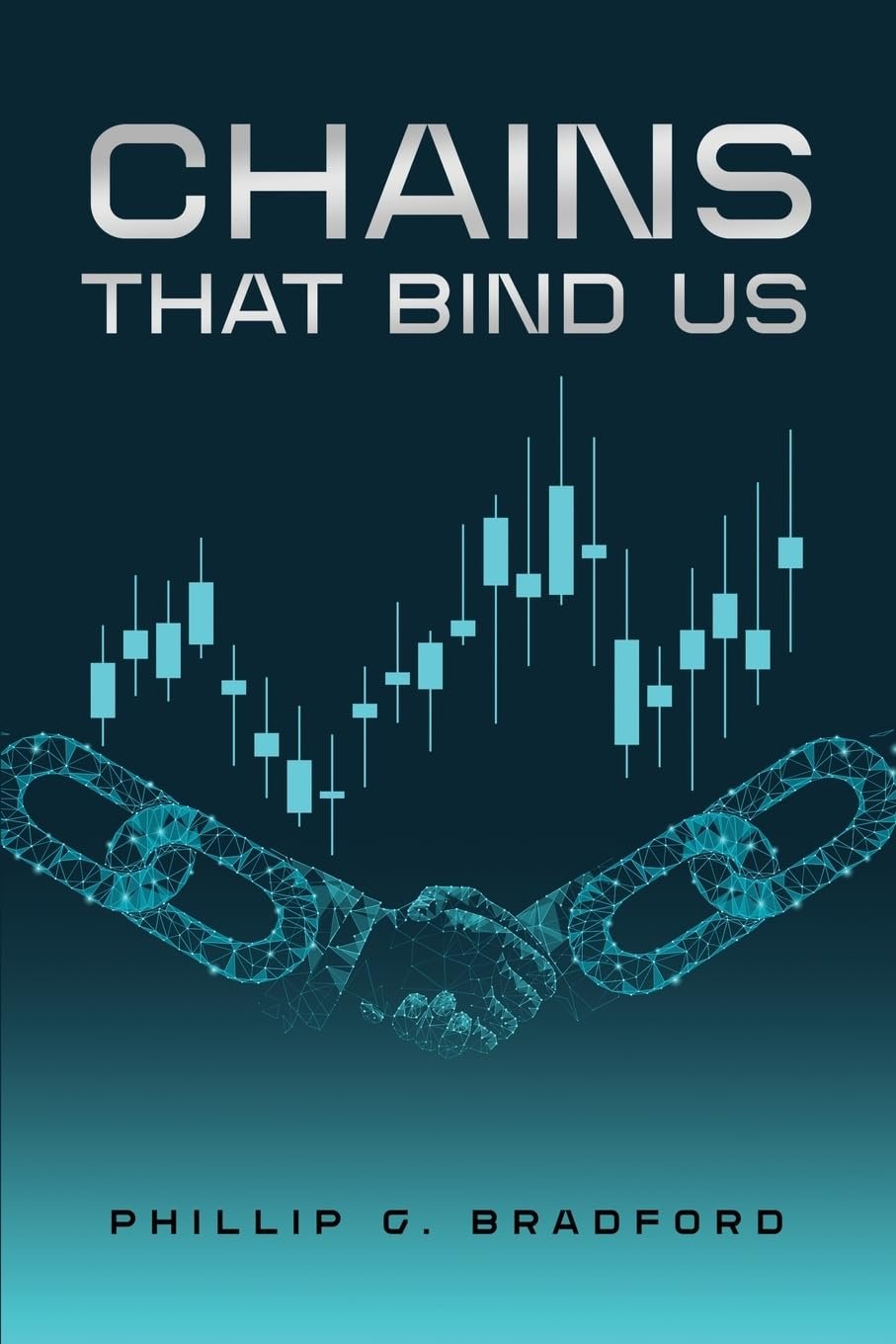
Despite the abundance of technologies, blockchain technology has altered our understanding of financial systems, distributed networks, and digital trust.
Still, understanding blockchain remains a daunting task for many. Phillip G. Bradford’s Chains That Bind Us addresses this.
With its practical, hands-on approach to blockchain technology, this book combines cryptography, economic theory, and real-world applications to help us learn about, comprehend, and build blockchain technology. And also build and experiment with it.
Bradford begins by laying the groundwork for understanding blockchain. He starts with the basics of monetary economics, where he explains how traditional financial systems operate. He introduces concepts like seigniorage—the profit earned by a mint from the difference between the cost of producing money and its face value.
The book then discusses technical aspects. This includes cryptography, proof-of-work blockchains, and distributed consensus. Bradford also defines hash functions as deterministic functions that compress large inputs into fixed-size outputs, ensuring data integrity. The book includes practical exercises, such as mapping English letters into hash buckets, to demonstrate how hash functions scatter data to avoid collisions.
Chains That Bind Us’s exemplary hands-on approach guides readers through blockchain implementation using a Raspberry Pi, a small and affordable computer. Bradford provides step-by-step instructions for setting up a blockchain network. Be it creating public ledgers or achieving decentralized consensus for those without access to physical hardware, the book introduces virtual Raspberry Pi setups, making the learning process accessible to a wider audience.
For instance, this book exercise addresses cryptographic synchronization, transaction validation, and block creation by using Python to construct a simple blockchain. This makes the book an invaluable resource for students, engineers, and blockchain enthusiasts by providing a concrete understanding of how blockchain systems operate and bringing abstract ideas to life.
Beyond the technical details, Chains That Bind Us delves into the broader implications of blockchain technology. The book explains how blockchain can create new markets, facilitate international transactions, and manage public ledgers. The book also addresses challenges such as scalability, volatility, and regulatory hurdles. This provides a balanced perspective on the technology’s potential and limitations.
The book also compares blockchains and clockchains. While both involve distributed consensus, clockchains, in this regard, introduce a synchronized aspect, making them suitable for specific applications.
In a nutshell, Chains That Bind Us becomes an immersive learning experience. Phillip G. Bradford combines theoretical insights, practical exercises, and real-world examples to create a comprehensive guide to help us understand blockchain technology.
Whether you’re a beginner or an experienced professional, Chains That Bind Us provides the tools and knowledge needed to navigate the complexities of blockchain and its various aspects. With its clear explanations, hands-on approach, and forward-thinking perspective, Chains That Bind Us is a must-read for anyone interested in the future of decentralized systems.
So, are you ready to take your understanding of clockchains to new heights? Get your copy on Amazon: https://www.amazon.com/dp/1917007884.
